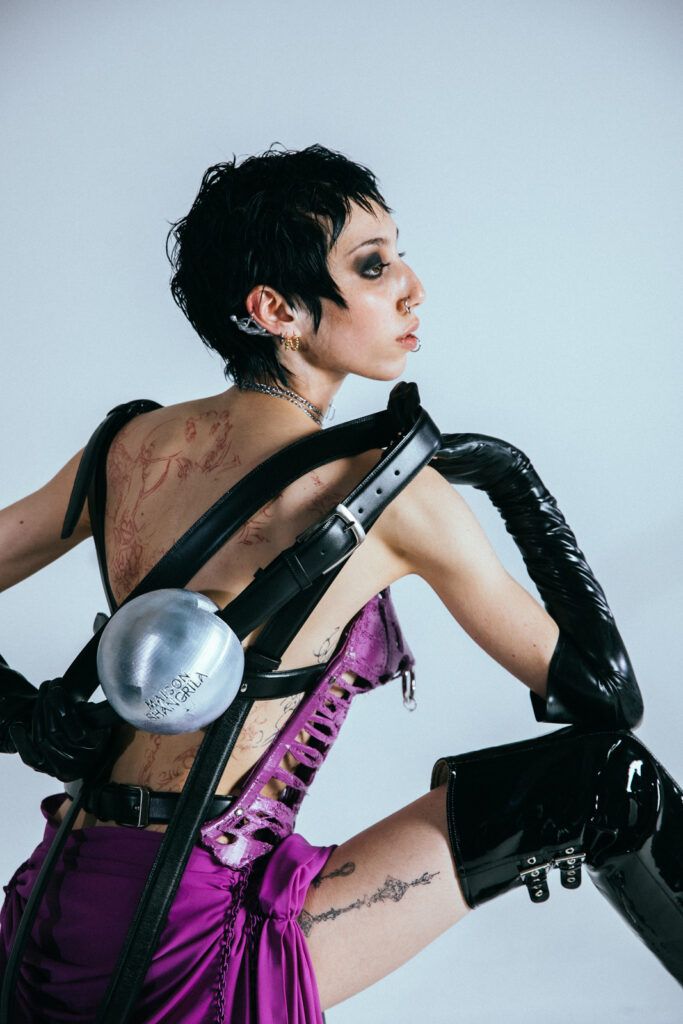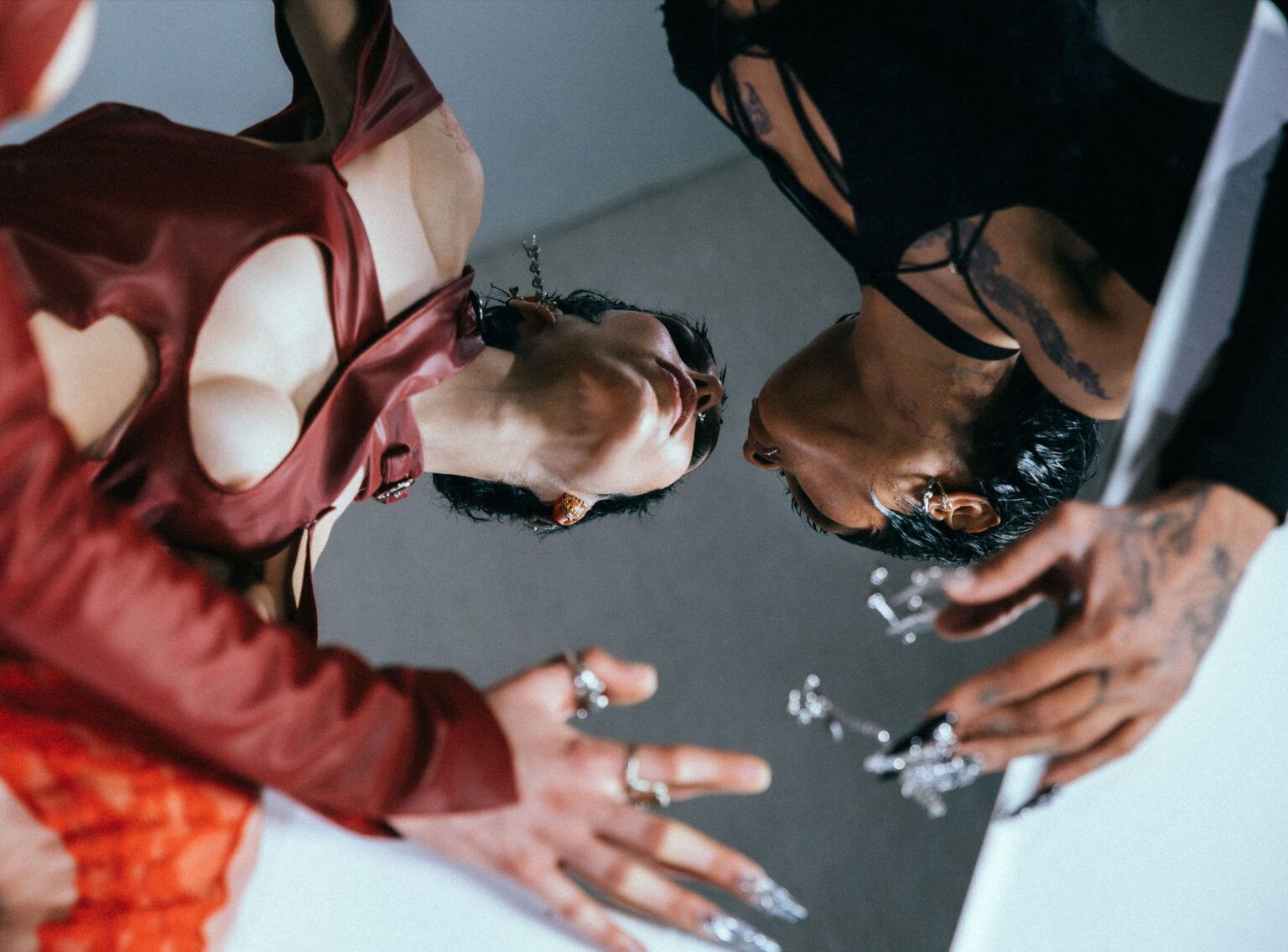Let’s start by discussing what got you into fashion design.
I got into fashion with the punk rock movement, starting from rock music and getting into clothing. I appreciate fashion as an expression of identity, not a trend or beauty. I believe this is the best thing about fashion when you can send messages through it or combine it with a political movement. I was all about torn stockings, the contrast of statements leather jackets and lingerie. It still shows in the aesthetics of my work.
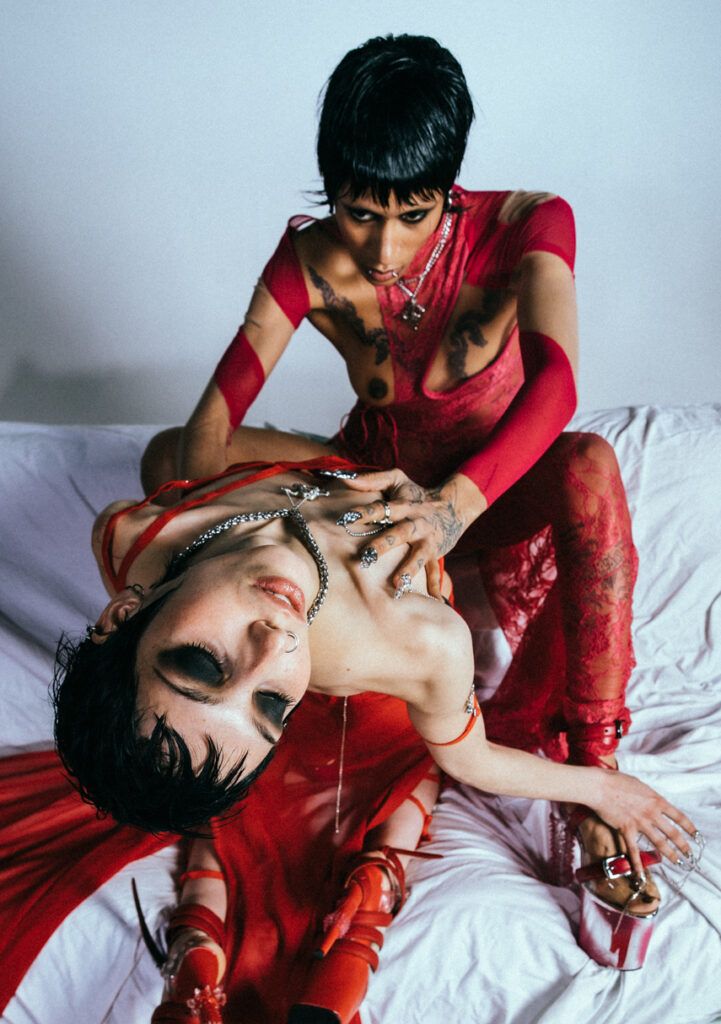
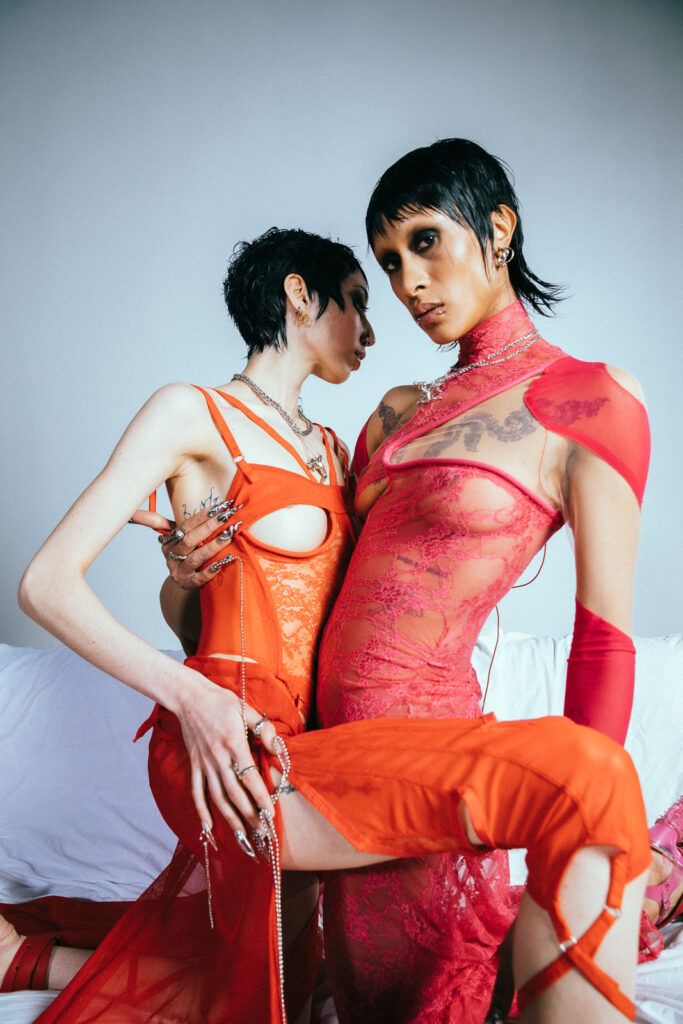
Your unique brand is about celebrating every human being and self love. What is sacred to you about the body, humanity or society?
Everything, I feel like it’s all scary. How we look at our bodies and feel that we are never enough or how others observe and judge us. We could be too small, too big, too naked, too polite. It seems to me that our social judgements are based on appearance, but we also don’t know exactly what we’re looking for and why. We don’t even truly know the meaning of beauty. We say that things are beautiful because people have told us so, and we continue to spread the idea of physical expectations to others.
I think this is the scariest thing that we try to swim into the other person’s expectation. However, at the end of the day, all those judging do not even know themselves. We are just drowning in each other opinions.
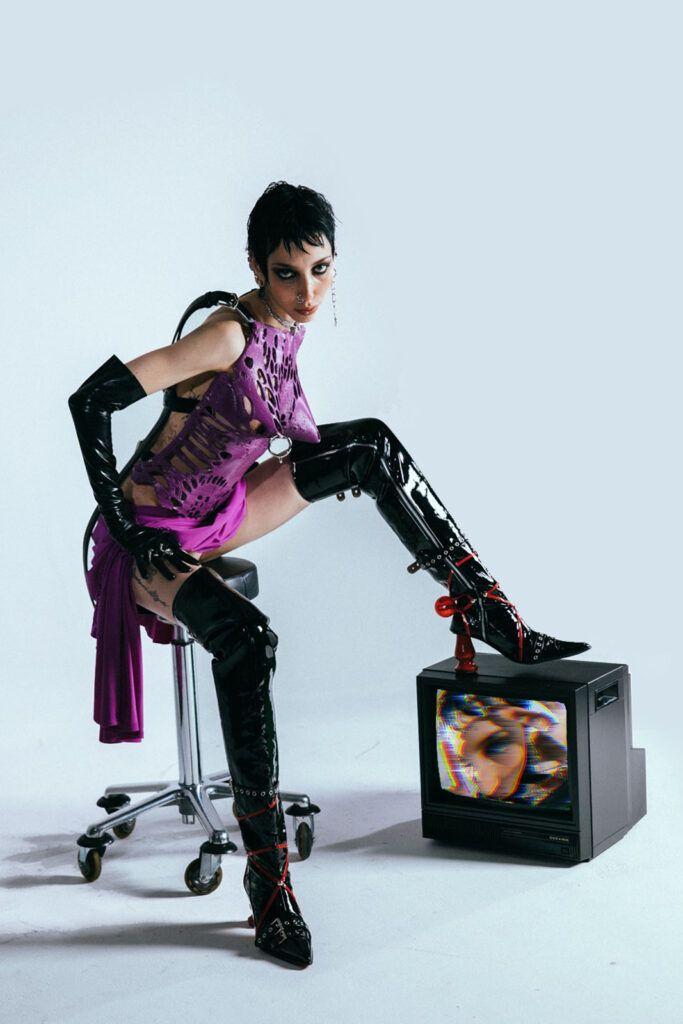
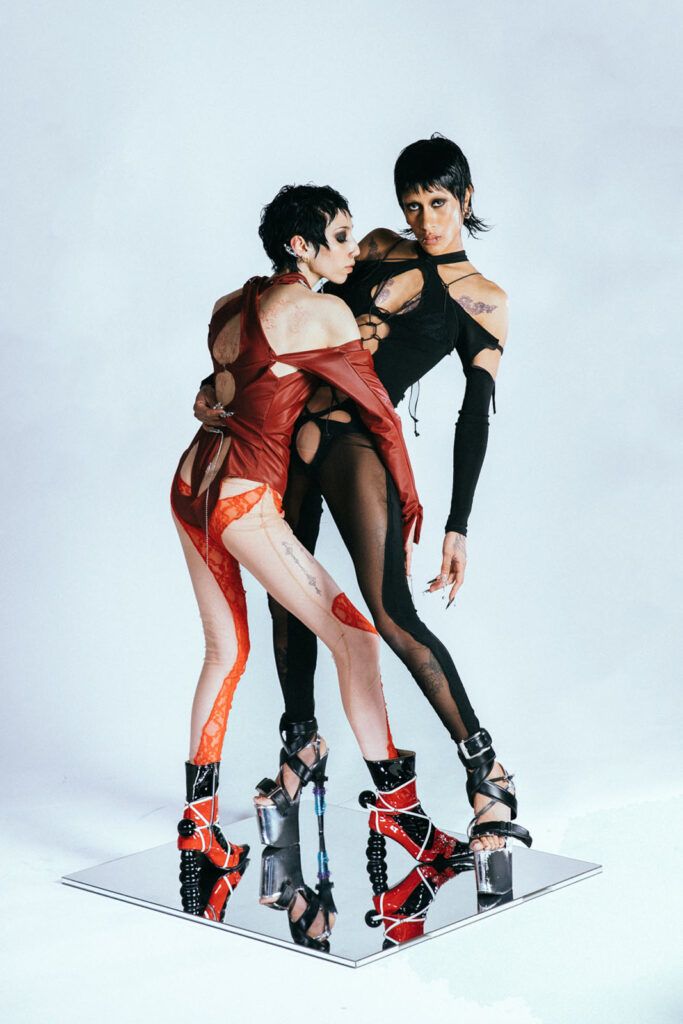
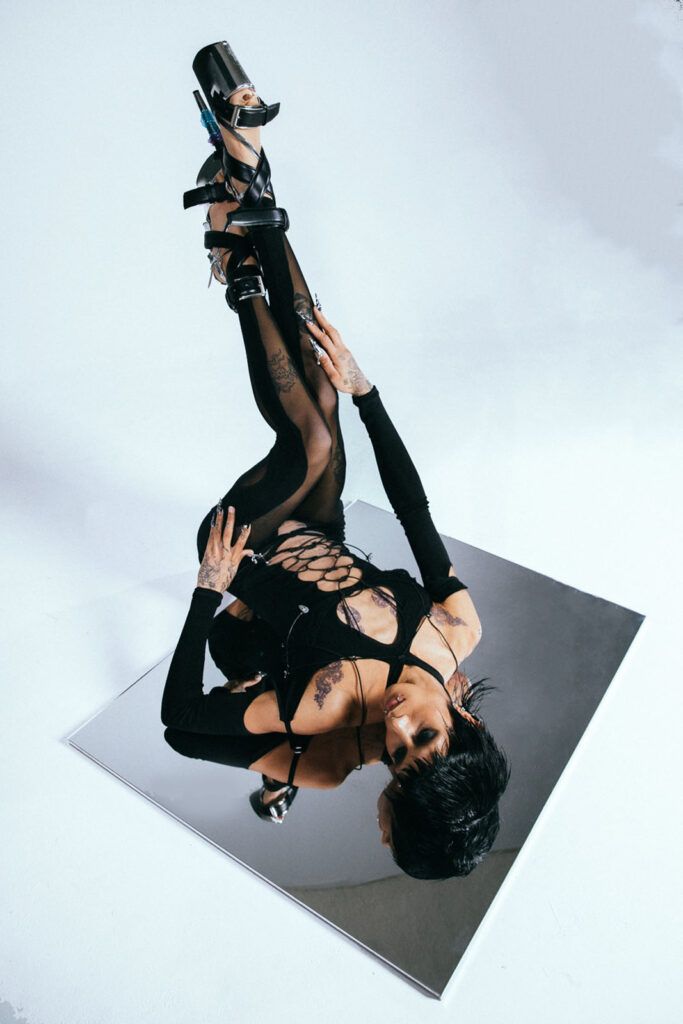
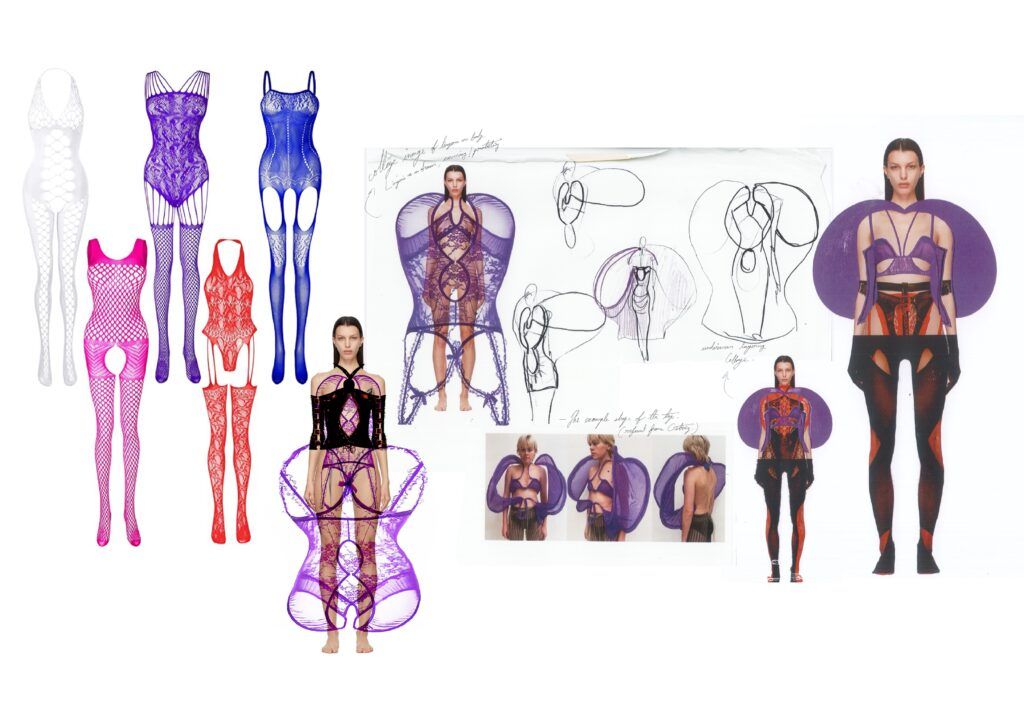
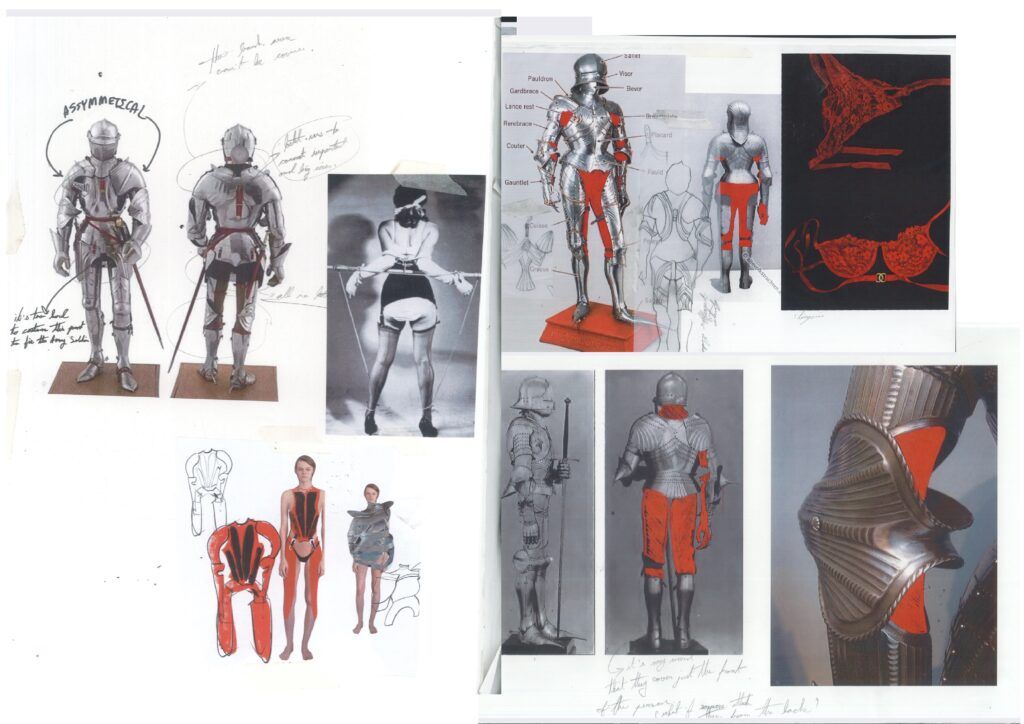
You are from Thailand, studied in London and now live in France. From your observation, what is the most significant difference in how women express their sexuality through fashion in each country?
I have the impression that there is a major difference. In Southeast Asian countries such as Thailand, women’s beauty is more likely just to impress men. It seems to me that the people there don’t see that their value can be for themselves and not just for the sake of other people. The expression of our sexuality is very limited to societal expectations of gender roles and the notion of taboo. While in London, they give a lot more space to gender. They are more independent, expressing female sexuality is not too difficult.
And now I have moved to France. A new country, a new environment. I am still learning about how it works here, I think I shouldn’t assume anything in such a short time, but it’s also very different from when I was in London.
It’s very funny when you live in many countries and you can see that culture is just a concept that people put in your head and it’s not really a thing at all.
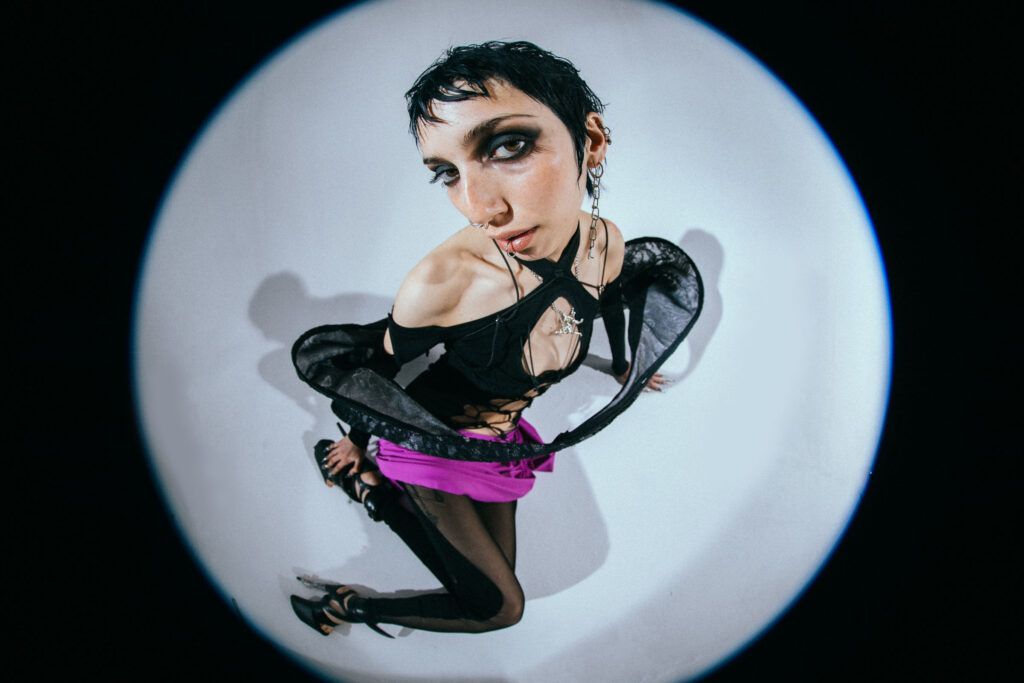
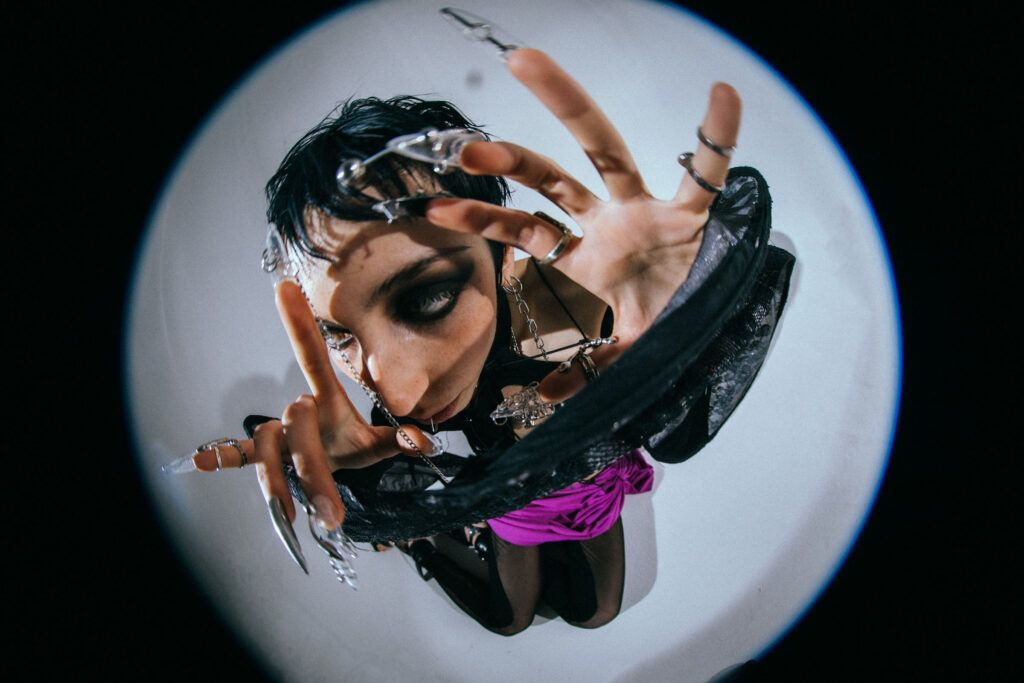
If I look through your latest collection, it has many layers and references. However, it seems that the essential theme is the transformation from shame to sexual liberation. Am I correct?
Yes, indeed, the collection consists of bringing things that I myself think are taboo and turning them into something that is meaningful to me. It is like I am discovering that the thing I was scared of as a kid is actually the thing that I was interested in, but too scared to be a part of. So yes, it is all about sexual liberation, but more about me fixing my childhood problems.
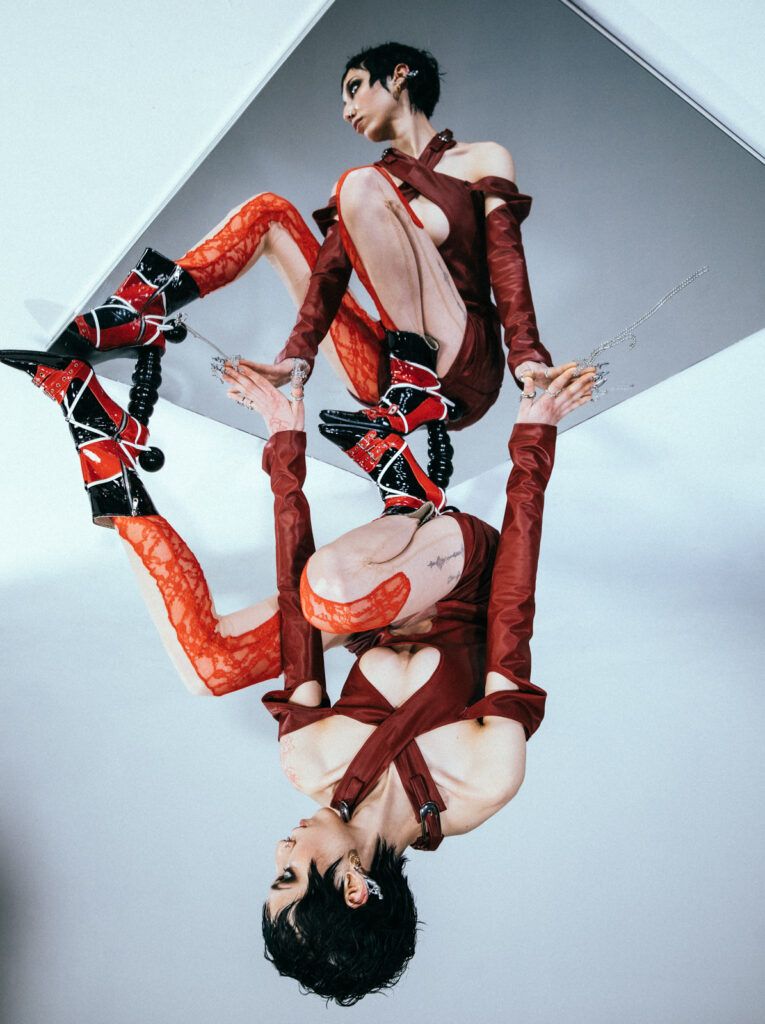
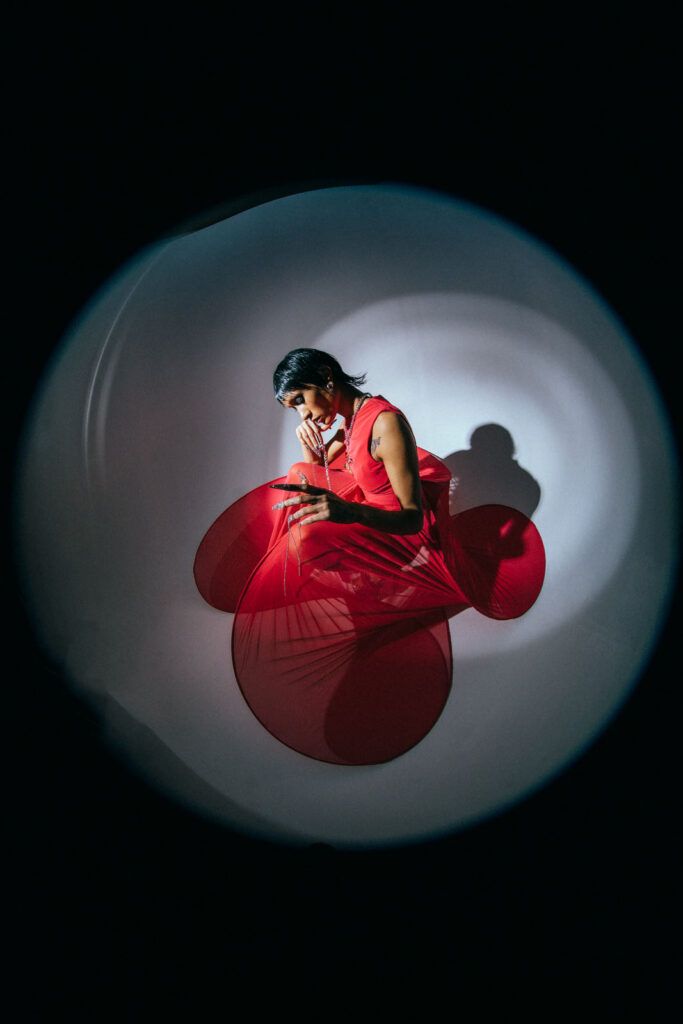
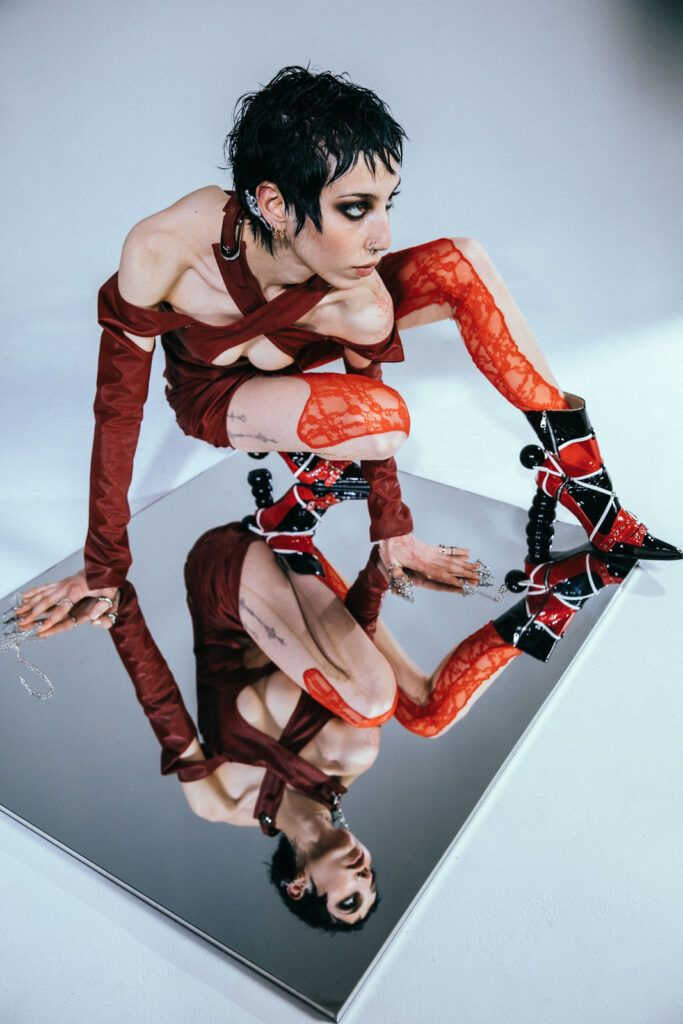
How did you start experimenting with lingerie? When and why did you first think about it?
I’ve been always falling for lingerie. When I was a child, beautiful lingerie looked so taboo in our Southeast Asian culture. The image of lingerie was that of sex worker wear. Growing up with that idea made me scared to own even own lingerie. I was taught that I should be ashamed of my undergarments, even hanging them to dry. No one should see them. They said we should only wear white underwear without decoration because that’s what polite women do.
Looking back it was such a ridiculous idea I was taught to believe. When I got more open-minded, lingerie was something I wanted to play with. The complex structure in contrast with bare skin. It’s really exciting to develop new ideas.
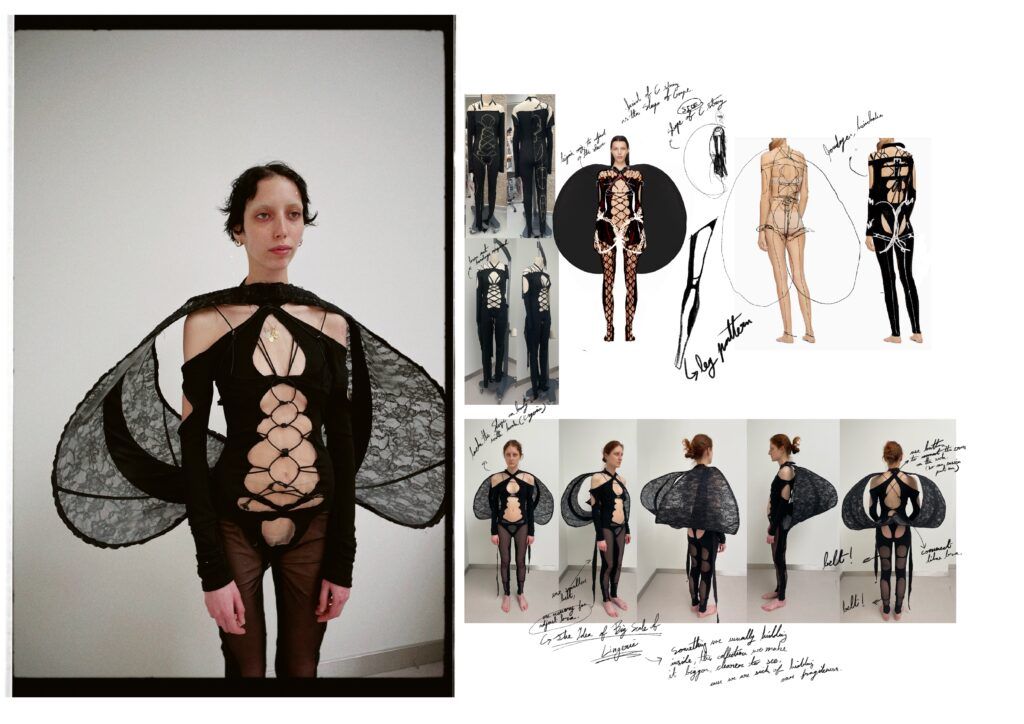
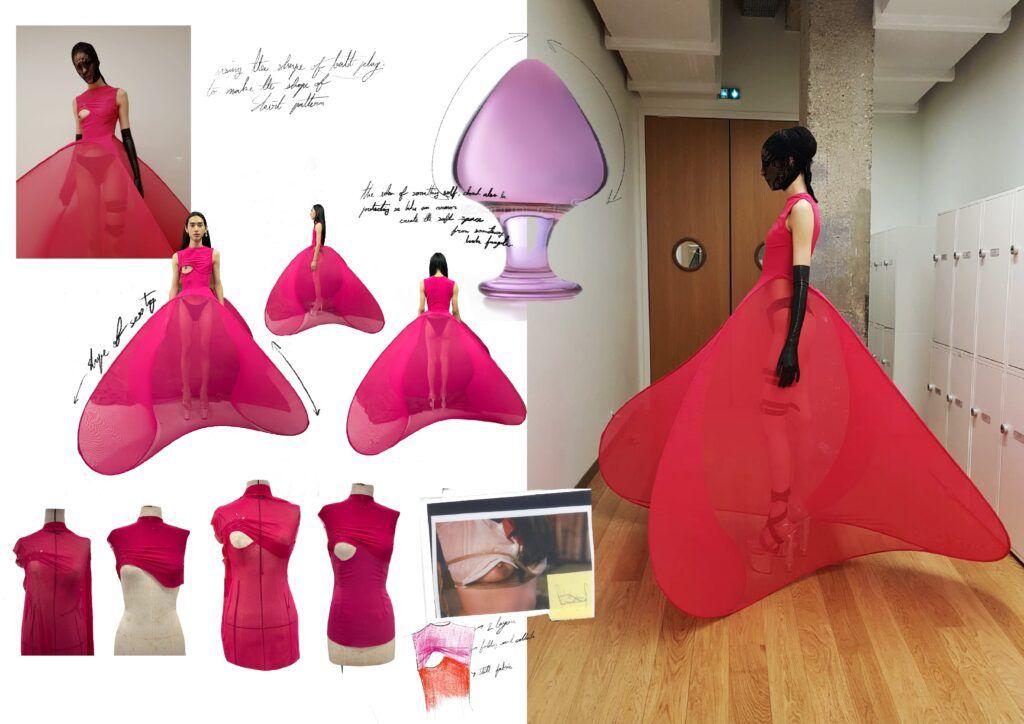
In which step of the creative process do you feel the most free?
Experimenting, of course. When I haven’t figured out what I want to talk about yet. I know just the rough ideas, but everything could go in any direction. That is the most fun part of doing design, I allow myself to play with the idea and don’t limit myself into some specific thing. I think this is the most important thing for every designer these days, we should allow ourselves to play and explore.
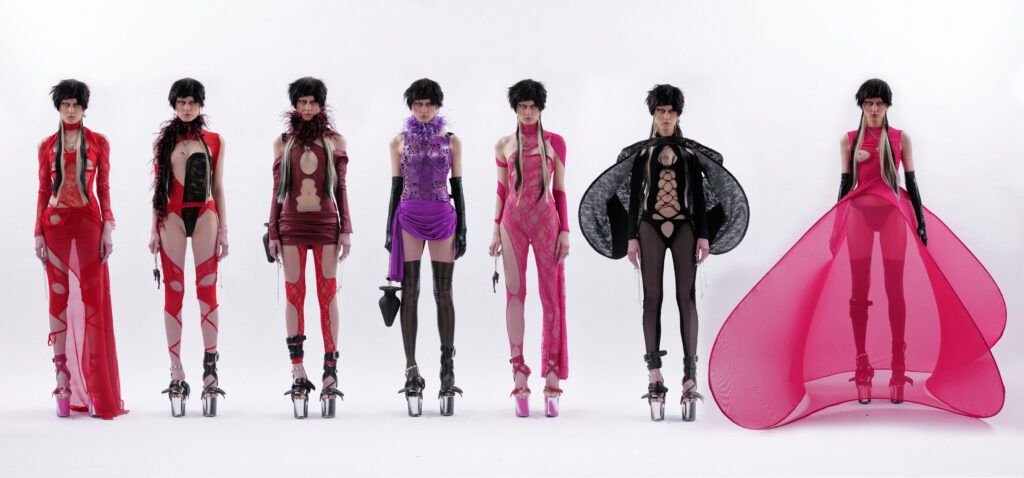
And the last question – what’s next for you?
This is a hard question, many ideas are coming up. I am starting my own brand base in Paris. Also planning to launch an accessories collection soon. It is inspired by sexual objects turned accessories. I am also trying to build my own team. So, it’s a lot to do. However, I am still open to new opportunities and to challenging myself.
